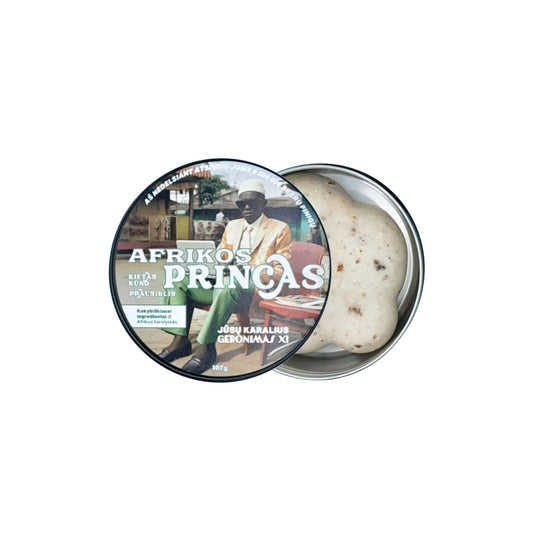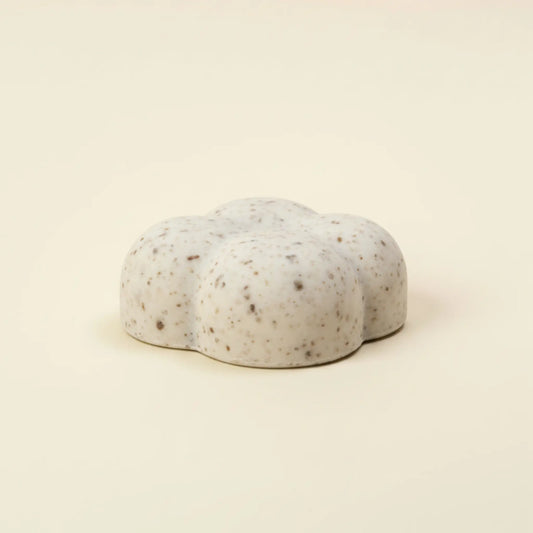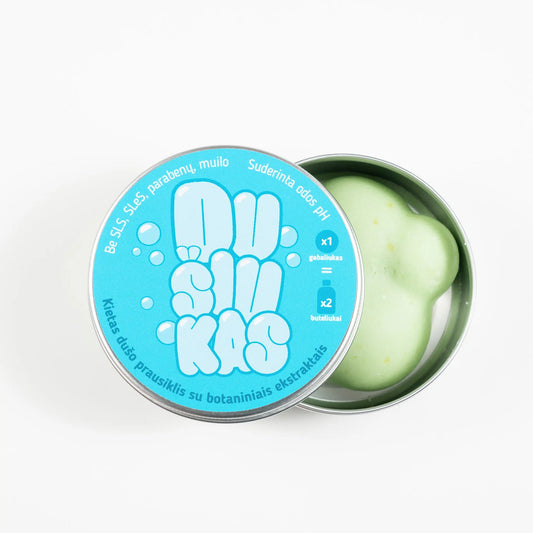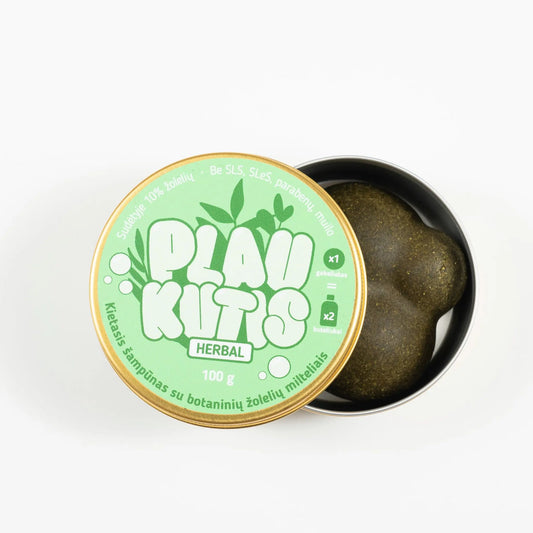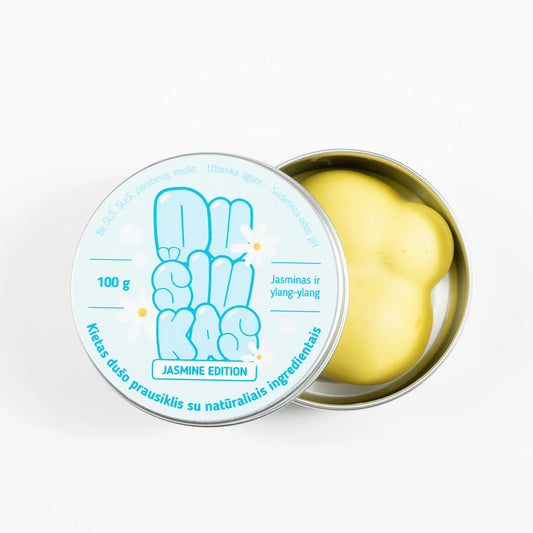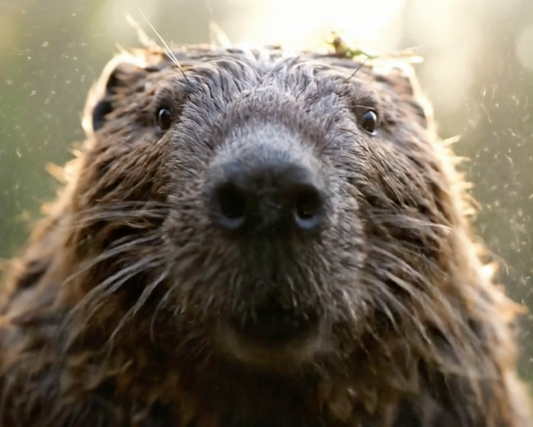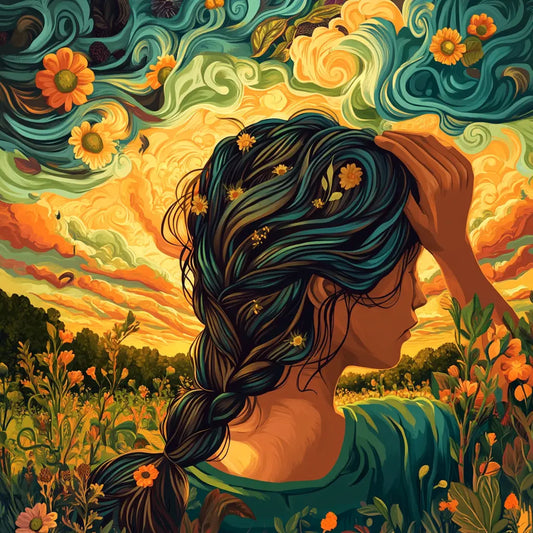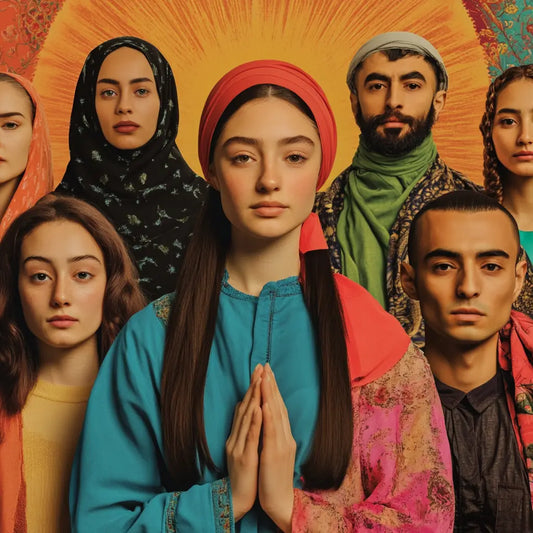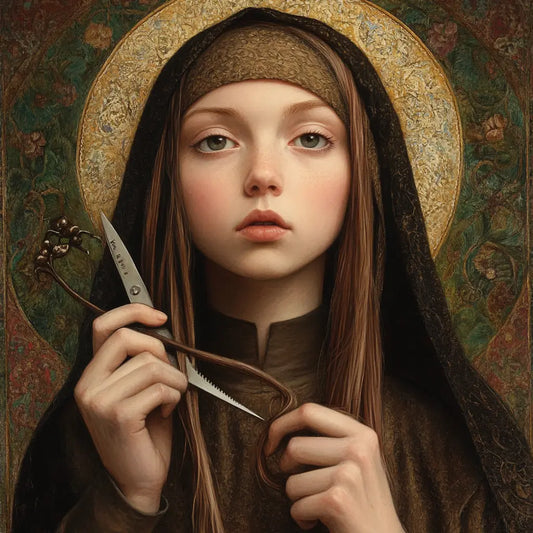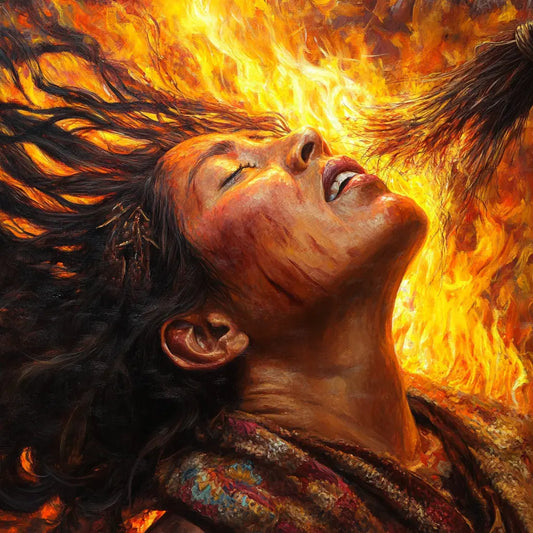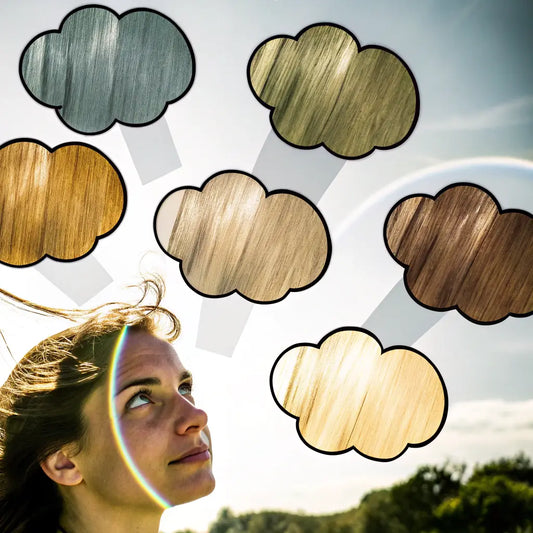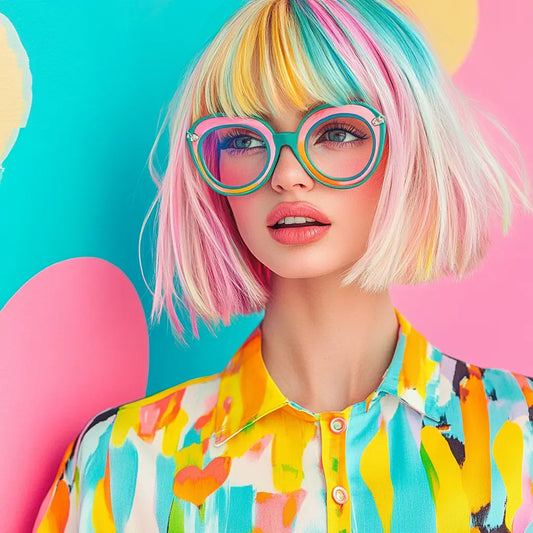Hair has always been more than just a personal trait. It has symbolized power, beauty, and status, especially throughout history, where hair has even become the subject of legendary competitions. Whether through competitive styles, cultural significance, or royal influence, hair has played a significant role in shaping personality and establishing a dominant position.
In this article, we delve into some of the most famous hair fights and competitions throughout history, with a special focus on the competitive dynamics between kings and queens and how hair became a powerful symbol of status and authority.
The most famous hair competitions in history
In the world of hair, battles were often fought quietly, but their impact was clear. Competitive hairstyles and grooming rituals left their mark on history, creating competitions that spanned entire empires and kingdoms.
1. Cleopatra vs. Octavia: A Battle of Kingdom and Style
The rivalry between Egyptian Queen Cleopatra and Octavia, sister of Roman Emperor Augustus, was legendary. Their rivalry was not only political but also aesthetic. Cleopatra was famous for her exotic looks and elaborate hairstyles, especially braids, which symbolized her power and divine status.

Octavia, meanwhile, reflected the Roman ideal of simplicity and modesty. She wore more traditional, conservative hairstyles. Their different styles symbolized the tension between Eastern and Western ideals of beauty and power.
- Fun fact: Cleopatra is believed to have used oils and perfumes to make her hair smell fragrant – it was a symbol of luxury and divinity in ancient Egypt.
- Tip: To replicate Cleopatra's hair care routine, use natural oils like almond or argan oil to keep your hair shiny and nourished.
2. Marie Antoinette vs. Madame du Barry: Hair as a Weapon of War
At the Palace of Versailles, no one could match Marie Antoinette when it came to hair. As Queen of France, she used her hair to demonstrate her power, creating elaborate hairstyles that reached impressive heights. Her famous poufs were adorned with feathers, jewels, and even miniature ships. It was a sign of competition with the king's favorite mistress, Madame du Barry.
Madame du Barry preferred a more natural image, but this only fueled the rivalry between these women. Their rivalry was not just about beauty – it reflected their positions at court.

- Fun fact: Marie Antoinette's hairstyles sometimes reached 3 feet in height! Her personal hairdresser, Leonard Autié, spent hours every day perfecting her hair.
- Myth: Many believe that Marie Antoinette popularized poufs , but in fact, her hairdresser Leonard was the first to start this fashion.
3. Elizabeth I vs. Mary, Queen of Scots: Hair as a Sign of Royal Power
The rivalry between Queen Elizabeth I of England and her cousin Mary, Queen of Scots, is one of the most famous in history. It was not only a political struggle, but also a struggle over personal image, including their hair. Elizabeth was known for her iconic red hair, which she often hid under wigs. Her elaborate hairstyles became a symbol of power.
In contrast, Mary had long, dark hair, which symbolized her beauty and her ties to Catholic Europe. Their different styles of appearance became a visual reflection of their power struggle.

- Fun fact: Elizabeth I was famous for her collection of 80 wigs , each of which was meticulously crafted to match her royal image.
- Tip: To create royally voluminous hair, use styling techniques such as backcombing or hair extensions to achieve the desired volume.
4. Samson vs. Delilah: The Biblical Hair Contest
One of the oldest stories about hair wrestling is in the Bible. Samson, whose legendary strength was linked to his uncut hair, fell victim to Delilah's treachery when she cut his hair while he was sleeping. Samson's long hair was a symbol of his power, and Delilah's treachery showed how hair could be used as a weapon in competition.

- Interesting number: Samson's hair was braided into seven braids , which in the Bible symbolized divine power and completeness.
- Myth busting: Samson's strength wasn't just in his hair. His long hair symbolized his devotion to God, and cutting it off severed that sacred bond.
Royal hairstyles and the power they symbolize
Throughout history, royal hairstyles have been more than just a personal statement—they have symbolized power, wealth, and social standing. Let's take a look at some of the most famous royal hairstyles and what they meant.
1. Nefertiti's tresses: A symbol of the Queen's beauty
Egyptian Queen Nefertiti is famous for her beautiful bust sculpture, but her actual hairstyles were just as legendary. Egyptian queens, including Nefertiti, wore intricate braids and wigs that symbolized their divinity and power.

- Fact: The ancient Egyptians were the pioneers of wigs, and Nefertiti's intricate braided wigs symbolized her royal lineage and the favor of the gods.
- Cultural tip: Braid your hair into protective hairstyles, such as ponytails or braids, to preserve hair health and strength, like the queens of ancient Egypt.
2. Queen Elizabeth II: Modern Royal Curls
Queen Elizabeth II's signature short, tightly coiffed hair has become an icon of her long reign. The style symbolizes both her modern authority and her traditional roots. Her carefully crafted curls reflect elegance and royal poise.

- Fun fact: The Queen's hairdresser only charges £50 per visit - a relatively modest sum compared to other royal expenses.
- Practical tip: To maintain long-lasting curls, use a strong-hold mousse or styling lotion.
3. King Louis XIV: The Power of the Royal Wig
In 17th-century France, King Louis XIV popularized the wearing of wigs not only as a fashion statement but also as a symbol of power and grandeur. His huge wigs became a symbol of absolute monarchy, showing that even men used their hair to project power. Wigs were made from real hair or even horsehair.

- Interesting fact: King Louis XIV had a collection of wigs at the end of the 18th century that was valued at over 100,000 livres (a large sum at the time).
Hair as a symbol of competition and power
Hair has long been used to express competition and power, and this symbolism has persisted even into modern times.
1. Hair as a political statement in modern times
In the 1950s and 1960s, hair became a tool of political expression. Long hair became a symbol of rebellion during the counterculture movement, especially in protests against the Vietnam War. Meanwhile, short, conservative haircuts symbolized conformity.

- Fun fact: A 1969 survey showed that 75% of college-aged men grew their hair longer as a form of protest against the government.
2. Business power haircut
In the 1970s, short, powerful haircuts became synonymous with the business world. Women often chose short, stylish haircuts to convey authority.

- Fun fact: The "power bob" became so popular that it was frequently featured in fashion magazines, and 40% of women in professional positions joined the trend.
Myth debunking and interesting facts
-
Myth: Only women's hairstyles were symbols of power.
Fact: Men's hairstyles, especially royal wigs like King Louis XIV's, also symbolized power, wealth, and dominance. - Fun fact: Queen Elizabeth I owned over 80 wigs , each designed to preserve her iconic red hair look.
-
Myth: Long hair always symbolizes femininity.
Fact: In the 1960s, long hair became a symbol of rebellion and anti-war, used by both men and women. - Fun fact: Marie Antoinette's elaborate poufs were so high that she sometimes had to bend over to walk through doors—showing how hair could literally take up space and become a sign of power.
-
Myth: Hair competitions are a thing of the past.
Fact: Hair contests still exist today, especially in the world of fashion and celebrity, where hairstyles can have a major impact on careers.

Practical tips or solutions
- Use protective hairstyles: Like the ancient Egyptian queens, use modern protective hairstyles, such as braids or braids, to maintain hair health and protect against damage.
- Use oils and products: Cleopatra used oils in her hair care routine. Today, you can use argan, almond, or coconut oil to moisturize your hair and add shine.
- Play with wigs: Wigs aren't just for royalty. Modern wigs allow you to easily change your style while protecting your natural hair from damage.
- Express yourself through your hair: Whether you choose long, natural tresses or a short, powerful cut, your hair can become a way to express your personality and identity.

FAQ
-
Why has hair been such a powerful symbol in history?
Hair has symbolized social status, wealth, and political power across time periods and cultures. -
What was the importance of royal hairstyles?
Royal hairstyles often symbolized authority, divine right, and wealth. They were used as a display of power. -
Are hair competitions still common today?
Yes, they still exist in the world of fashion, celebrities, and social media, where hairstyles can be symbols of status and style. -
What are some modern examples of hair being used as a political symbol?
Hair became a tool of protest in the 1960s counterculture movement, and in recent years, natural hair movements have challenged society's standards of beauty. -
How can I express my power and identity through my hair?
Experiment with different styles that make you feel confident and empowered, whether it's long, natural hair or a short, stylish haircut.
